Do you have a question about the Renesas H8 Series and is the answer not in the manual?
| Clock Speed | Up to 20 MHz |
|---|---|
| Flash Memory | Up to 512 KB |
| RAM | Up to 32 KB |
| I/O Ports | Multiple |
| Timers | 8-bit/16-bit timers |
| ADC | 10-bit ADC |
| Interrupts | Multiple interrupt sources |
| DMA Channels | Available in some models |
| Communication Interfaces | UART, SPI, I2C |
| Package Types | QFP, LQFP |
Explains the meaning of signal words like DANGER, WARNING, and CAUTION.
Guides the user through unpacking and initial setup of the emulator.
Directs users to install the necessary High-performance Embedded Workshop software.
Explains how to physically connect the emulator to the user's system.
Details the requirements and handling of the emulator's power supply.
Explains the physical connections and interface circuits of the emulator.
Lists various debugging capabilities like breakpoints, trace, and timing measurements.
Explains the system for defining complex conditions for trace, break, and timing.
Details the emulator's hardware aspects like memory, clocks, and probes.
Guides users on starting the High-performance Embedded Workshop application.
Explains the procedures for establishing a connection with the emulator.
Guides users on configuring the emulator environment for target MCUs.
Explains how to load programs for debugging and view source code.
Explains how to monitor memory contents during program execution.
Guides users on observing variable values in the source program.
Covers setting breakpoints and event points for advanced debugging.
Explains how to capture and analyze execution traces.
Describes how to measure program execution time and performance.
Explains the process of loading the tutorial program for debugging.
Demonstrates how to set a software breakpoint in the editor.
Shows how to modify register values, specifically the program counter.
Guides on running the program and observing its execution.
Demonstrates how to view memory contents using label names.
Shows how to monitor variable values during program execution.
Covers step-by-step execution commands like Step In, Step Over, Step Out.
Describes the emulator's break functions, including software breaks.

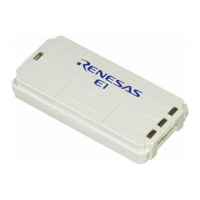
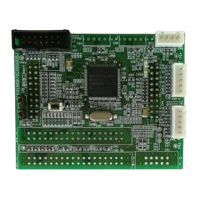

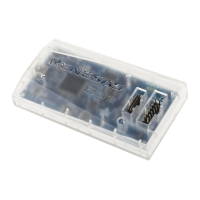
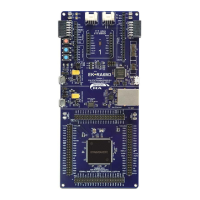

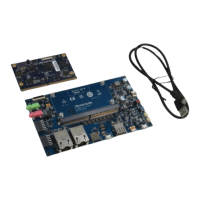

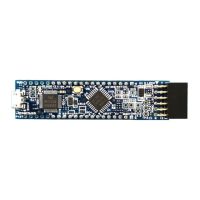

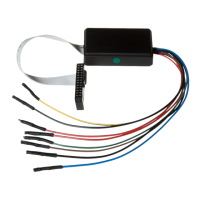
